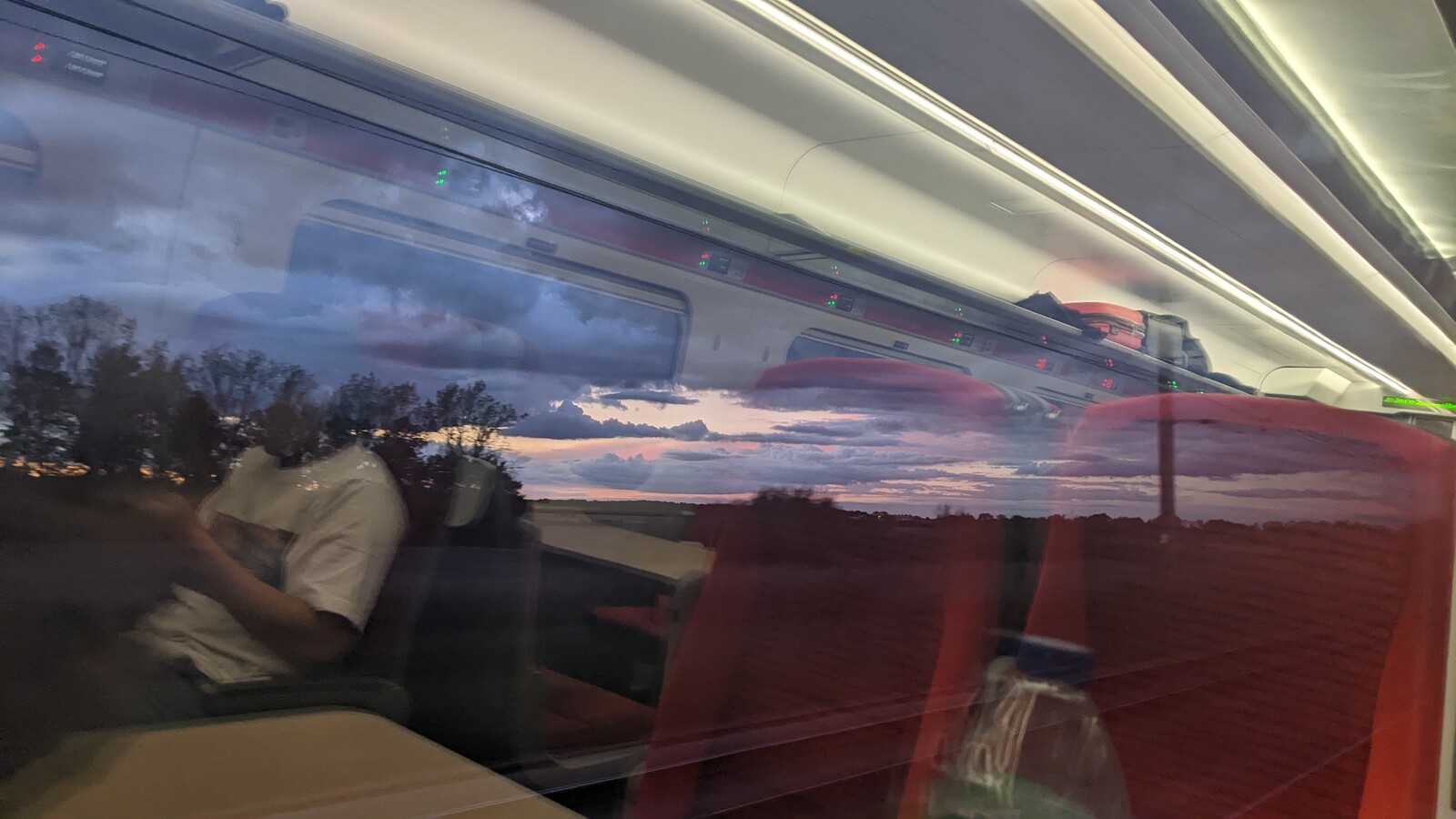A series of protests in museums have raised the question of whether it is justifiable to destroy a work of art in order to advance a cause. The less palatable issue is whether it is effective. In Joseph Conrad’s The Secret Agent (1907), the anarchist Verloc is tasked with perpetrating an outrage that will shock the middle classes out of their apathy. His commissioners call him in to discuss targets: “Of course, there is art. A bomb in the National Gallery would make some noise.” But the idea is quickly dismissed. “There would be some screaming, of course, but from whom? Artists—art critics and such like—people of no account. Nobody minds what they say.” Ouch. The saboteurs decide instead to launch an attack on science, because “any imbecile that has got an income believes in that.”1
When climate activists threw soup at a van Gogh in the National Gallery, they knew that the painting was protected by glass. Does the symbolic nature of the protest strengthen or diminish it? After all, the suffragette Mary Richardson felt no such qualms about taking a meat cleaver to Velázquez’s Rokeby Venus (1647). The issue becomes daily more acute: last week I witnessed anarchists torch a car in protest at the gentrification of central Athens and two days later joined a reading in support of Alaa Abd el-Fattah, currently imprisoned in Egypt for his pro-democracy writings.2 With Alaa preparing to refuse all food and water from the start of COP27 in Sharm el-Sheikh, it was hard to suppress the feeling that a car in flames might better express the collective anger than the recitation of some lines, however moving. After the readings, the talk turned to recent works of art—notably Latifa Echakhch’s recent installation at Venice—that suggested a wider and darker desire for destruction. Only later did it occur to me that the conversation carried undertones.
Perhaps all we can say with any degree of certainty, at least in the space afforded here, is that we are living through a crisis of faith in the ways that our societies attribute value to ideas and objects, works of art included. Frieze London, as so often, presented an eloquent snapshot of these tensions. Ten days before he became prime minister, Rishi Sunak and his wife (combined estimated net worth: 844 million dollars) were photographed at the fair’s VIP preview. This was at the same time that a collapse of investor confidence in the government was threatening to bring down the British economy. Sales at the art fair, according to reports, were strong this year: collectors had rushed to take advantage of the freefalling pound. What does it say of a society that investment in art correlates with the immiseration of millions?
The impulse to burn things down is, on occasion, at least understandable. But before we get there, let’s give some context to the aforementioned bomb-throwers: Verloc is a government agent whose false-flag operation is designed to mobilize public support for a crackdown on political dissent; Mary Richardson might have been slashing canvases for women’s rights, but she later became a leader of the British Union of Fascists. The soup-throwers should be credited for recognizing that when Heine wrote that “where they burn books, they will end by burning people,” he did not discriminate between good and bad books or the righteousness of the cause. Whether these actions meet with sympathy among a wider public, and will catalyze the desired changes of behavior, remains to be seen.
While we would maintain that bomb-throwing has its place, it is not in these pages (or at least not yet). Instead, this month’s program is dedicated to the more laborious, if less obviously heroic, job of considering how ideas are bound up in objects and images, to reflect on what they reveal of their times and places, and to imagine how one might inflect the other. We’ll publish reports from biennials in Japan, Mexico, Norway, and Thailand; case studies in the trend towards the political instrumentalization of art institutions in Eastern Europe and the ways Gulf modernisms are shaping national identities in the region; and our usual program of reviews from around the world. All this in the hope—the conviction!—that sharing ideas about the societies in which we live is a critical practice of more than no account.
Each month, to accompany the editors’ letter, we publish a photograph from an artist’s place of work. This month we feature an image taken from the train on which Laura Wilson was working while traveling across the UK. The Belfast-born artist’s work considers how history is carried and evolved through everyday materials, trades, and craftsmanship. Her sculptural installation Gutted is on view as part of “IN-SIDE-OUT-SIDE-IN” at Site Gallery, Sheffield through December 22.
Joseph Conrad, The Secret Agent: A Simple Tale (1907). Published by the Gutenberg Project: https://www.gutenberg.org/files/974/974-h/974-h.htm
“‘Dead or free’: Alaa Abd el-Fattah escalates hunger strike,” Al Jazeera (November 1, 2022): https://www.aljazeera.com/news/2022/11/1/dead-or-free-alaa-abdel-fattah-escalates-hunger-strike.
